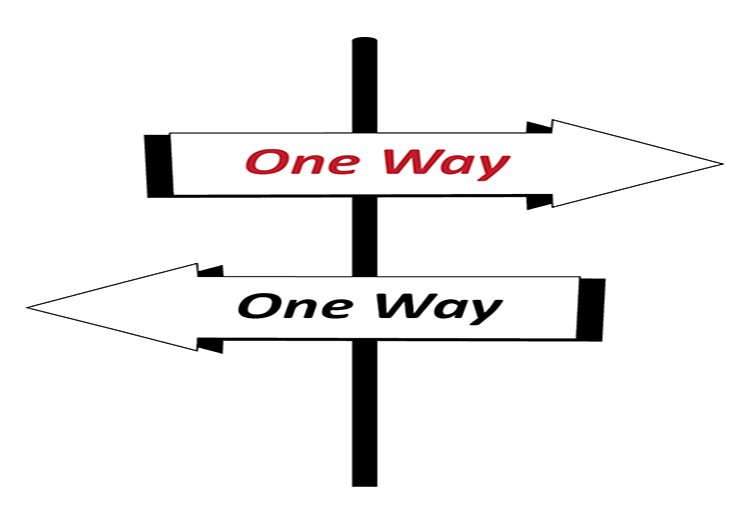Articles & Presentations

Different Styles of Facilitation by Gary Rush, IAF CPF
In 2003, I wrote a newsletter article, “Facilitation Philosophy,” discussing the different styles of facilitation. I wanted to revisit that article here and continue the discussion.
In 1983, I was taught JAD (Joint Application Design – a facilitation process created for systems engineers to gather requirements for screen and process design from end users) by the creator – Chuck Morris of IBM. Like many IT type solutions (in those days, JAD was used strictly for IT), we looked for the “right” tool and it was JAD. I was very successful with my workshops because the JAD process was designed for what I was facilitating – user interface design of transactional systems. In 1994, I was introduced to the International Association of Facilitators (IAF) and discovered different styles of facilitation and its use in areas outside of IT. It opened my eyes to a broader view of facilitation and two major styles of facilitation, which I call Structured Facilitation and Unstructured Facilitation. I don’t view the two styles as separate, but as two parts of one whole.
Structured Facilitation
Structured Facilitation is the style I learned and fully developed when I created FAST in 1985 – creating the world of Structured Facilitation. It tends to focus on process skills, is used in corporations and government agencies, and is highly effective in developing strategic plans, requirements, process and data models, prioritizing, etc. The agenda is structured, developed by the Facilitator in preparation, and managed by the Facilitator in the workshop/meeting.
Unstructured Facilitation
Unstructured Facilitation is a style that began in the 1930’s out of ecumenical work and group psychology. It tends to focus on people skills, is used in non-profit and community groups, and is effective in engaging voluntary participants. Session leaders would develop a rough agenda and allow participants latitude in changing the agenda as well as the ground rules. The process was left to the participants and the session leader managed the group dynamics.
Not Mutually Exclusive
When I created FoCuSeD™ in 2007, I fully integrated process and people skills – making it holistic. But, there is room for different modalities. Whenever I facilitate a community group, e.g., parent teacher organization, town hall meeting, etc., I combine both styles, but focus more on people skills. In these types of community workshops/meetings anyone can attend. To be successful, the Facilitator has to engage the group early on by having them develop the ground rules, provide input to the agenda, etc. Interviewing is non-existent because anyone can attend. Engaging the group early on not only helps to make it their meeting but it also starts building a team.
Whenever I facilitate a business or government group to develop a specific deliverable, e.g., strategic plan, decision, etc., I focus more on process skills. I start by interviewing the participants to gather their ideas and I incorporate their ideas into the agenda. I gather information about how they work together so that I can plan “how to” overcome barriers. I provide a tighter structure so that the participants keep on-track to accomplish their task. I incorporate exercises to help with the group dynamics and keep them seamlessly tied to the process. I develop ground rules and ask for agreement in the workshop/meeting. Participants appreciate the structured process because it gets them to work more efficiently and it makes it their solution.
The Key
“Which style is better?” This is an irrelevant question. The question should be, “What is the goal of the workshop/meeting?” and then design the style. In every workshop/meeting, you deal with both process and people. Flexibility and knowing “how to” integrate them is key. ![]()

